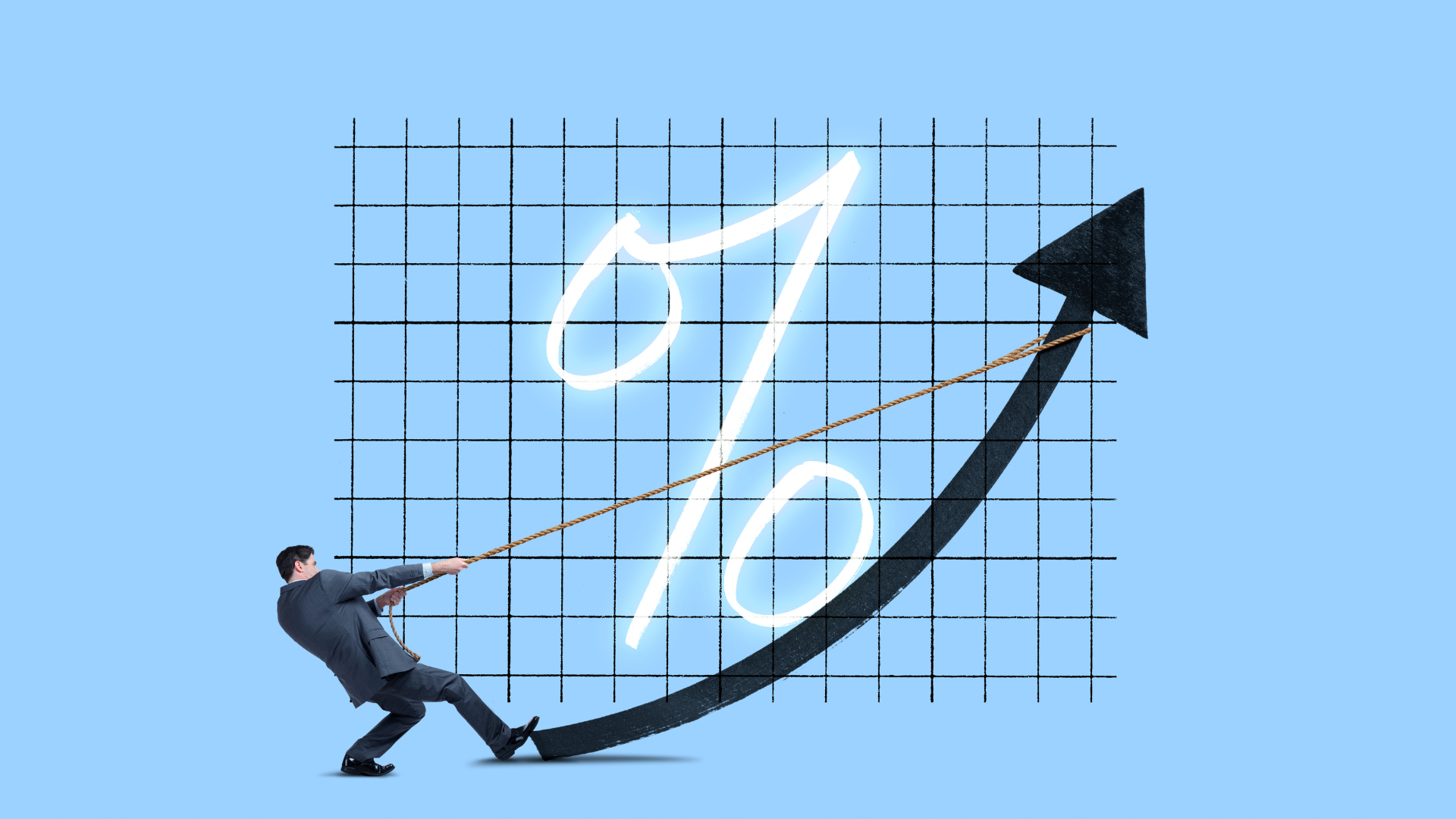Why Is Everything So Expensive Nowadays?


A RM20 note might get you a full basket of groceries in the past but during the recent time, you might leave with two items only (example: one carton of eggs priced RM12 and a can of regular sardine RM8), and that’s because of inflation, a word that could give us heart palpitations just by talking about it in the context of rising costs of living.
Over the past 20 years, prices in Malaysia have increased by an average of 55.6%, which should not come as a surprise since everything feels more expensive nowadays. Even a decent nasi lemak will cost you RM3 nowadays from RM1 back in the early 2000s.
Although headline inflation in Malaysia has cooled significantly to 1.5% yoy in Jan’24 from 2022’s peak of 4.7% yoy in Aug’22 you might realise that you are still paying more at the grocery store or other shops than before the pandemic hit. Why is this happening?
Economic Theory: The Relationship Between Supply and Demand
In economics, we learn about how demand and supply work. Supply is the amount of a specific good or services that is available in the market while demand is the amount of the good or services that customers want to buy.
Theoretically, assuming that we are talking about normal goods, prices will fall when supply is greater than demand, whereas prices will rise when demand is greater than supply. The latter best describes our current economic situation currently where we are caught in limited good supply, but goods demand are still running.

Continuous Global Supply Chain Bottlenecks and Disruptions Since the Pandemic
When Covid-19 pandemic hit, manufacturers assumed that the situation was only about to get worse, so they cut back production while lockdowns happened in some areas, hence causing delays in production. At the same time, demand was not slowing down (as people rushed to stock up groceries and building more DIY projects at home among others), consequently causing supply chain bottlenecks and driving prices upward. But Covid-19 is no longer a global crisis now, so why didn’t prices go down?
Geopolitical Tensions, Global Events, Export Bans Are Passing the Costs to Consumers
External factors, such as geopolitical tensions, unexpected global events, or natural disasters, have significant impact on prices. For the past two years, a series of events have transpired and continuously affecting global supply:
1. Russia-Ukraine war: Russia and Ukraine are both significant commodities producers. The supply chain disruptions had caused global prices to soar, especially for oil and natural gas. Food costs, particularly wheat, had jumped to record high as Ukraine and Russia make up for about 30% of global exports.
2.Red Sea Crisis: The disruptions in shipping are pushing the price of goods higher as they must opt for alternative routes. According to S&P Global, shipping rates from North Asia to the US East Coast have jumped 137% to USD5,100 for a 40-foot container from Oct’23 while costs from North Asia to the US West Coast have jumped by 131% to USD3,700 during the same period.
3. India’s Rice Export Ban: As the world’s largest exporter for rice, India's decision to ban exports of non-basmathi rice had cause major supply shock through the Asian market for the staple food, inflating Aug’23 prices by nearly 10% to a 15-year high, according to the UN Food and Agriculture Organisation's All Rice Price Index.
4. El-Nino: Natural effects from El Niño, such as floods and droughts, have further disrupted the supply chains, crops and power grids, and causing delays in transportation as they could not deliver goods on time. As a result, supplies were limited and caused prices of the commodities to skyrocket.

Malaysia’s Inflation: It’s Only Going To Go Up From Here, Rethink Your Big Purchases Plan
As much as we are affected by external threats, we are also facing upside risks from domestic. The SST hike which begins 1 Mar 2024 combined with the potential of removal of fuel subsidies in 2H24 are among the key reasons that inflation in Malaysia will climb higher at the moment.
As such, the Finance Ministry in its Economic Outlook 2024 report projected that the inflation rate would rise this year from 2023’s 2.5% yoy, to around 2.1% yoy - 3.6% yoy range. The huge range in the 2024 CPI forecast number would suggest the uncertainties that could come with the removal of the fuel subsidies.
The Malaysian economy is projected to be better this year from 2023’s 3.7% yoy to 4.0%-5.0% yoy, supported by stronger governance and major policies being crafted out such as NETR and NIMP 2030, aimed to help with better redistribution of wealth.
Nevertheless, as a consumer, we must be extra cautious and prudent on our spending and possibly rethink our plan for big purchases this year, just in case price pressures became too much for us to bear. Hopefully not.
